
2025 BYD Shark 6 sales scrutinised as rival Kia Tasman ute and plug-in hybrid Ford Ranger PHEV and GWM Cannon Alpha launches loom
BYD Shark 6 fever has well and truly swept over the country, but is it all as...
Browse over 9,000 car reviews

What have been the most significant Australian cars since January 1, 2000 so far?
With the first 25 years of the 21st century now out of the way, we rate the important models that left their mark.
Sadly, with Ford’s T6 Ranger expected to be the final volume Australian designed and engineered vehicle, we fear that this list might look much the same in 2050 as well. Let’s jump straight in.
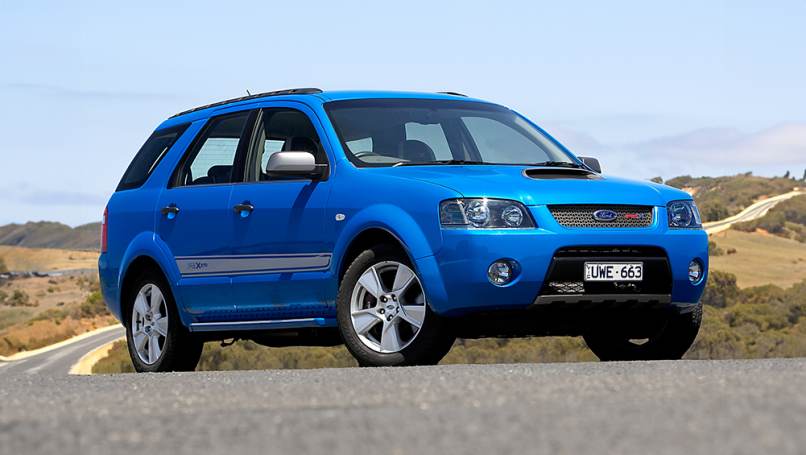
The only SUV ever built in Australia, the BA Falcon-based Territory was the best vehicle of its type anywhere in the world for an embarrassingly long time if you were BMW, Mercedes-Benz, Audi and Lexus.
In fact, even if you were Ford of North America, because even it couldn’t replicate the Territory’s balance of packaging, comfort, handling, performance, safety and refinement. They tried, with the Freestyle. Don’t recall it? Thought so. A bestseller too, and rightfully, deservedly so.
Peak Ford Australia.
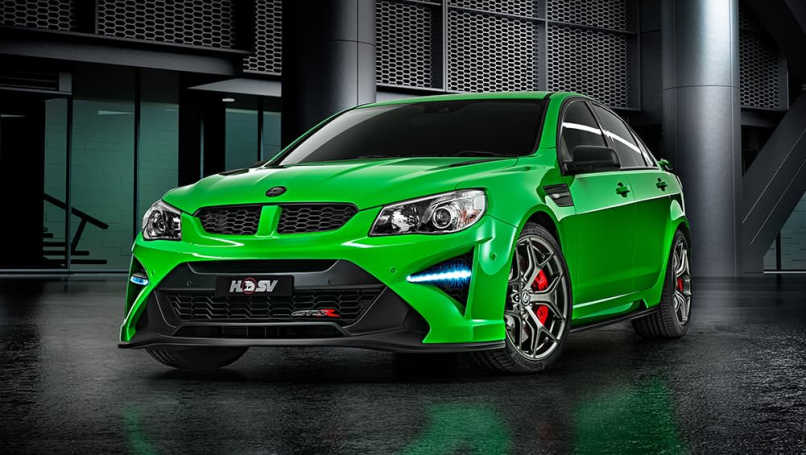
The VF was much, much more than just a facelifted VE, with a world-class export-quality interior, progressive driver-assist tech and even a concerted weight-saving strategy with aluminium panels in key areas of the body.
Best of all, there was the sheer bandwidth of models on offer, from family and fleet-baiting Evoke sedan and Sportwagon that represented incredible value for money, to the ferocious HSV GTS-R W1, with its 474kW/815Nm 6.2-litre LS9 V8 making this Australia’s fastest-ever production car, period.
The classic Aussie sedan went out with an almighty bang, not a whimper.
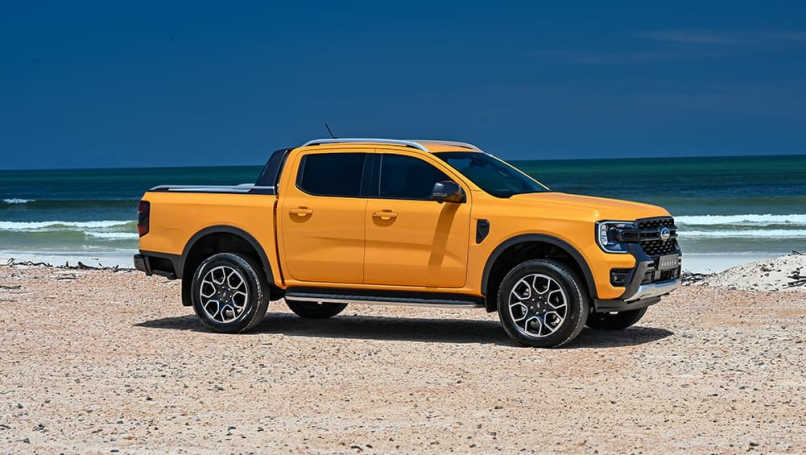
The only vehicle on this list still in production, even though no factory-spec T6 was ever made on Australian soil.
But the blood, sweat and tears designing and engineering the Ranger to be the best ute of its type anywhere in the world to this day is a testimony to the ingenuity behind the local team. And then they did it again with the Everest SUV a few years later.
The most broadly-available new Ford in the world was created in Melbourne. There’s a nice ring to it that should make Australians proud.
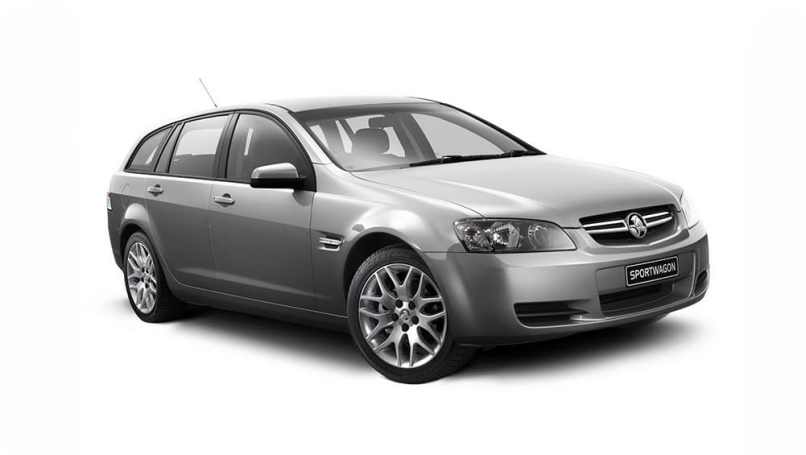
Conceived and developed when Australia’s two top-selling vehicles by some margin were the Commodore and Falcon, Holden’s infamous “Billion Dollar Baby” was meant to see the series stay at number one well into the 2010s.
It was also meant to provide vital export credits for the company thanks to planned Chevrolet, Opel, Buick, Daewoo and even Saab versions built on the Australian-developed Zeta platform, that also took in coupe, crossover and full-sized SUV offshoots that, tragically, never saw the light of day.
This was the promise of the VE.
In reality, the sedan and Alfa Romeo 156-inspired Sportwagon were brilliant traditional Aussie family cars in many ways, but high fuel consumption, so-so quality and low reliability were reasons for buyers to look to rival medium SUVs instead. And once the export dreams died because of looming catastrophic global economic downturns, the writing was already on the wall for Holden as we knew it in Australia.
Still, for a brief time during its gestation in around 2002 to 2005, the VE must have seemed like the second coming for Holden management.
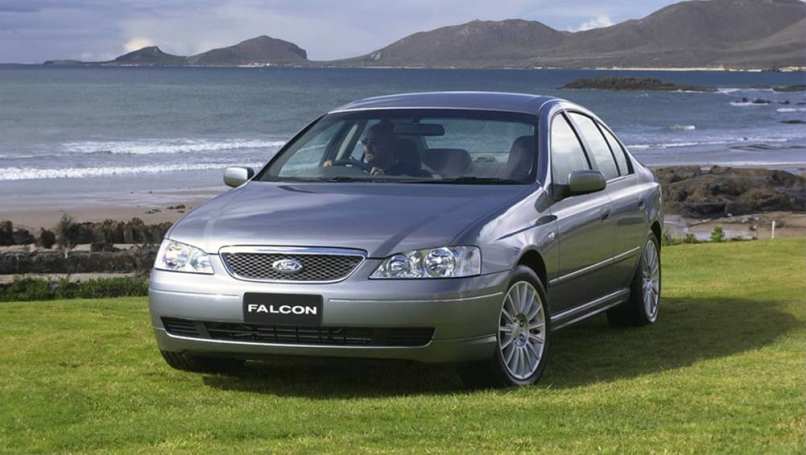
Ford spent $500 million turning the slow-selling AU Falcon into the award-winning BA (that’s nearly $900m today), resulting in one of the sweetest and most enjoyable large sedans ever produced – anywhere in the world. Doors and platform elements carried over, but not much else, with the elegant exterior matched by a redesigned interior and upgrades to the structure, suspension, steering and powertrain.
This was also the beginning of the mighty Barra I6. Enough said. Holden’s arm-rolling effort with the VY facelift also out in late 2002 paled by comparison.
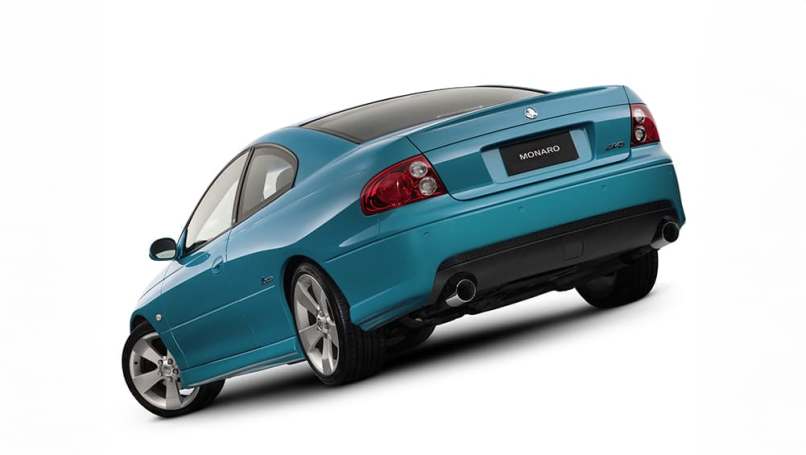
The Coupe concept version of the ultra-successful 1997 VT Commodore sedan made national headlines when it stole the 1998 Sydney motor show, prompting calls for a willing Holden to build it. That eventually happened with the faithful production V2 Monaro in late 2001, aided by an export deal that saw a variation head to North America as the reborn Pontiac GTO. What was GM’s US marketing department thinking resuscitating such a hallowed badge?
Sales were OK in Australia and poor in the USA, but the learnings helped shape and improve the coming VE Commodore-based Pontiac G8 due later that decade. This is a forgotten legacy of the V2 Monaro.
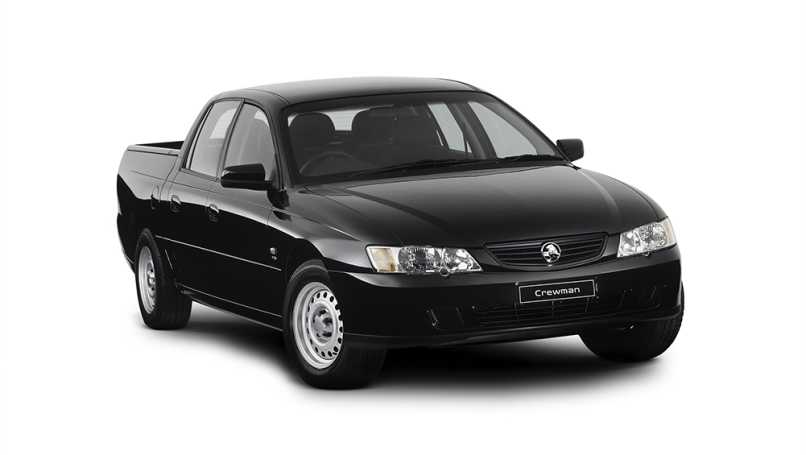
Drunk on VT/VX sales pummelling all before it, Holden management under ex-Opel engineer, Peter Hanenberger (MD: 1999-2003) green-lit mad niche Commodore offshoots galore, including Monaro and this – the dual-cab coupe utility. Critics of the time complained about this being the longest Holden in history at over 5.3 metres.
Sales were sluggish, but in today’s ute-dominated world, a raised, modern Crewman crossover ute would seem inspired. Look at the recent runaway success of the thematically similar Ford Maverick.
Ahead of its time or misguided? You decide. We can tell you that Ford’s AU Falcon-based R5 Concept of 2000 probably helped prompt Holden to follow suit, but it was apparently a furphy as the Blue Oval was all in on Territory by then. Good call.
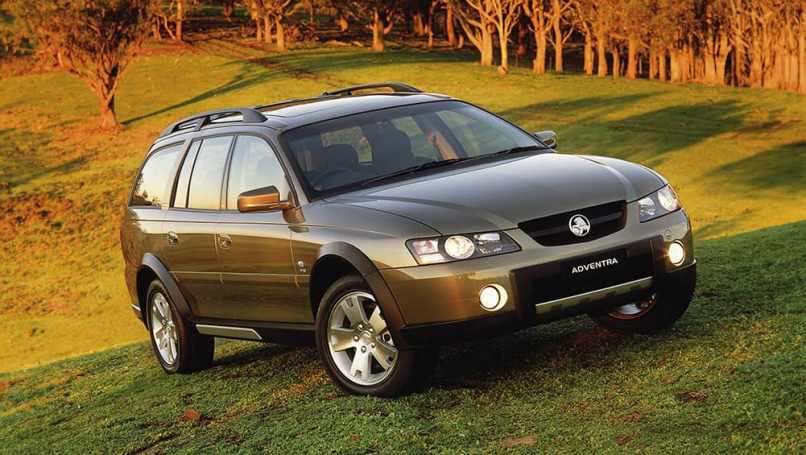
Another Hanenberger with the lot, the Adventra made sense at a time when the Subaru Outback was selling in big numbers and a raised Commodore wagon with AWD seemed like a no-brainer.
But it seemed half-hearted against the impending Territory on release in 2003, and suffered from being V8-only initially, just as fuel prices started to soar.
We now believe that Holden planned a VE Adventra at some stage, but that fell by the wayside along with the rest of the non-core Zeta-platform projects.
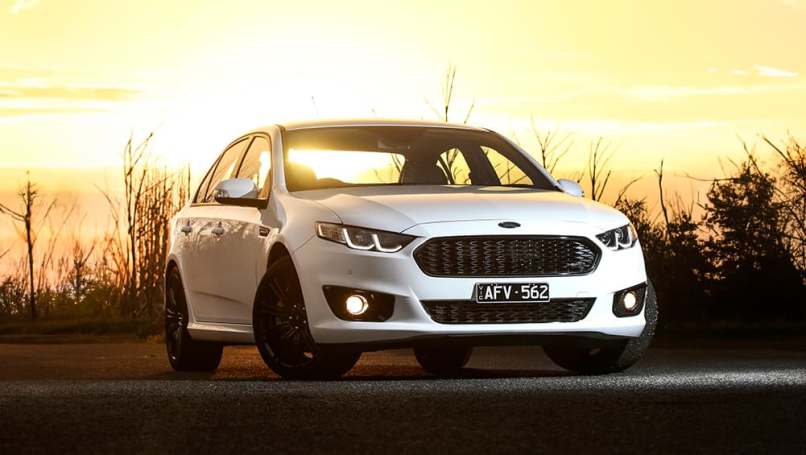
Given what little budget Ford worked with, the transformation from worthy FG to FGX seemed greater than the sum of its parts (mainly front and rear bumper redesigns).
Sales kept sliding uncontrollably, but the car remained a worthy family-car alternative, while the sports versions like the XR6 Turbo, XR8 and superb Sprint proved to be fitting tributes to one of the longest-running nameplates in the world.
The ultimate Falcon was not the ultimate in Falcons like VF was to Commodore, but the FGX deserves to be acknowledged and respected. After all, they sure don’t make them like they used to.
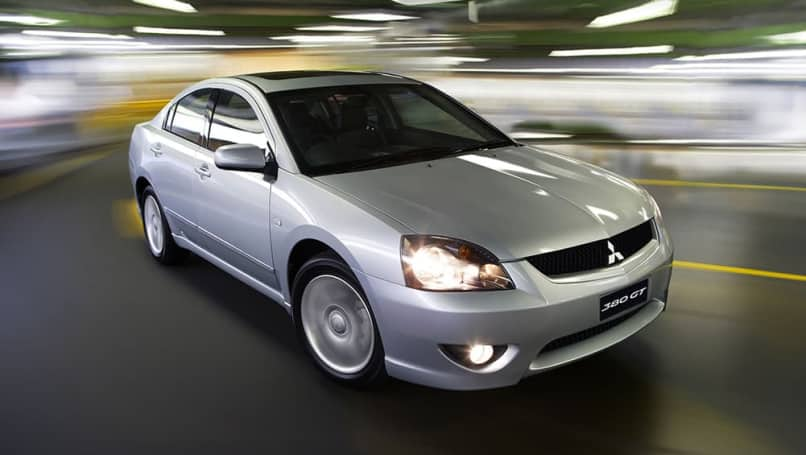
Keeping the factory lights on at Mitsubishi’s Adelaide plant was the point of introducing the 380 in 2005, as a replacement for the one-time top-selling (and historic) Magna/Verada series.
Based on the US-market Galant (but changes to 70 per cent of the car) and named for its powerful 3.8-litre V6 petrol engine, the 380 was a roomy, robust, refined and rapid alternative to the ageing (VZ) Commodore and (BF) Falcon of the time.
The 380 remains a decent drive, even today. But the decision to not produce wagon and four-cylinder versions (a 2.4L was developed but never released) following massive fuel-price hikes sealed the Mitsubishi’s fate, especially after the far-more glamourous VE launched less than a year later.
Mitsubishi closed its Australian production facilities in early 2008.
Comments